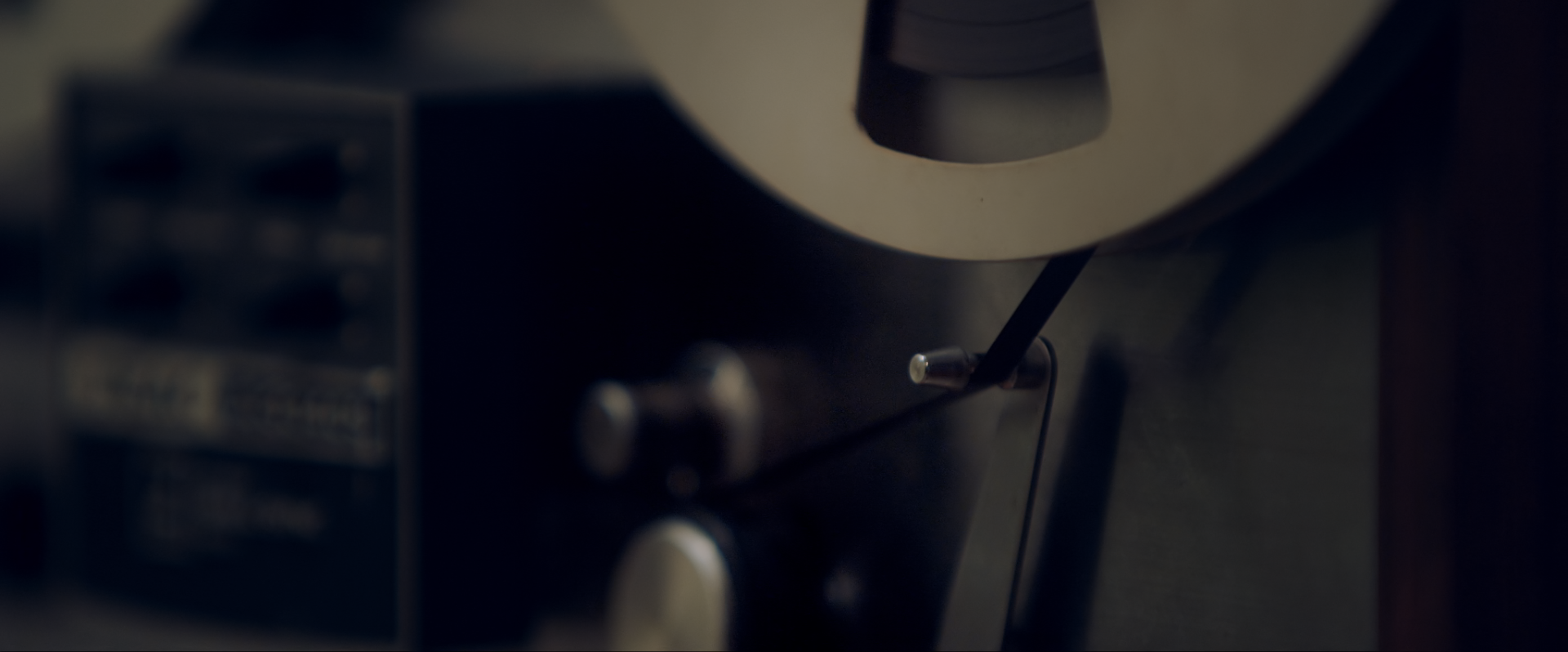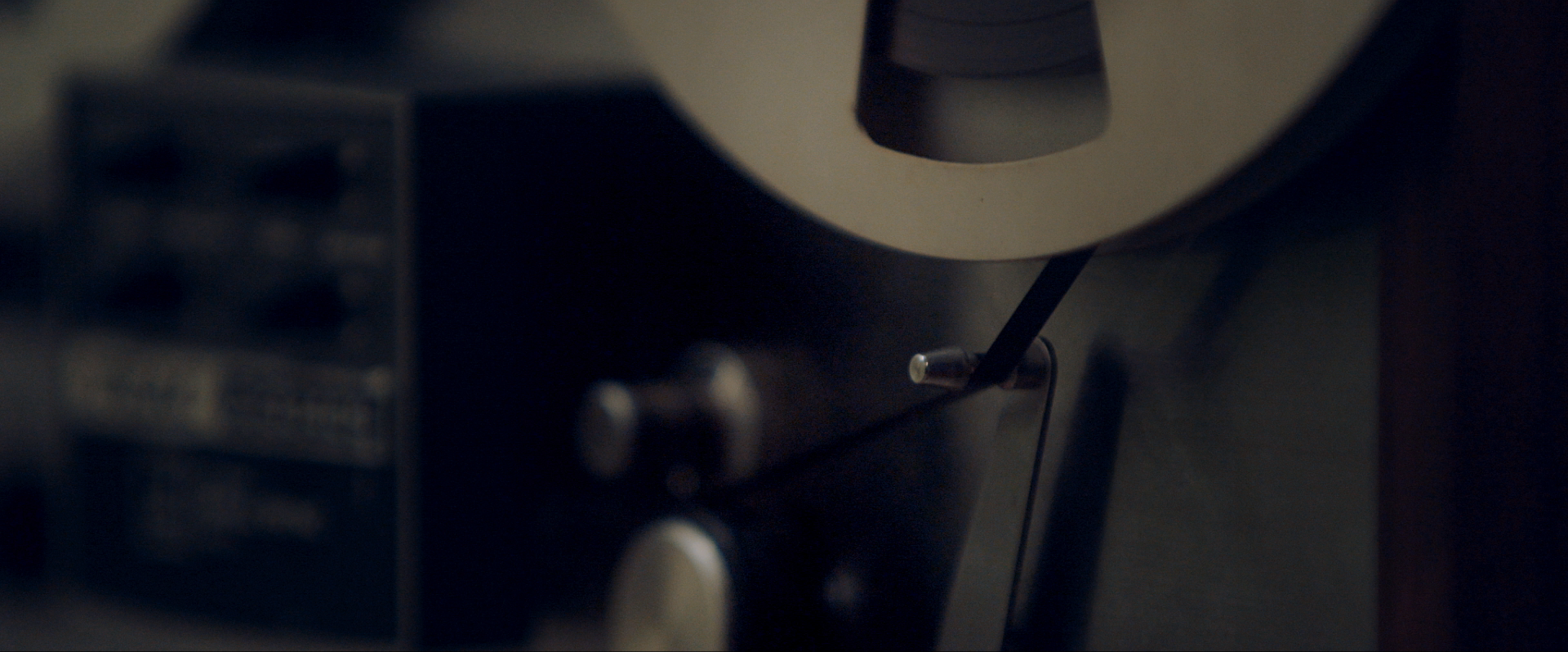Lab
First of a kind Cine Film Lab
- Silver Sensitivity
- Developer Concentrate
- Replenisher Flow
- Agitation Cycle
- Force Processing
- Bleach Bypass
- Spectra Diffusion
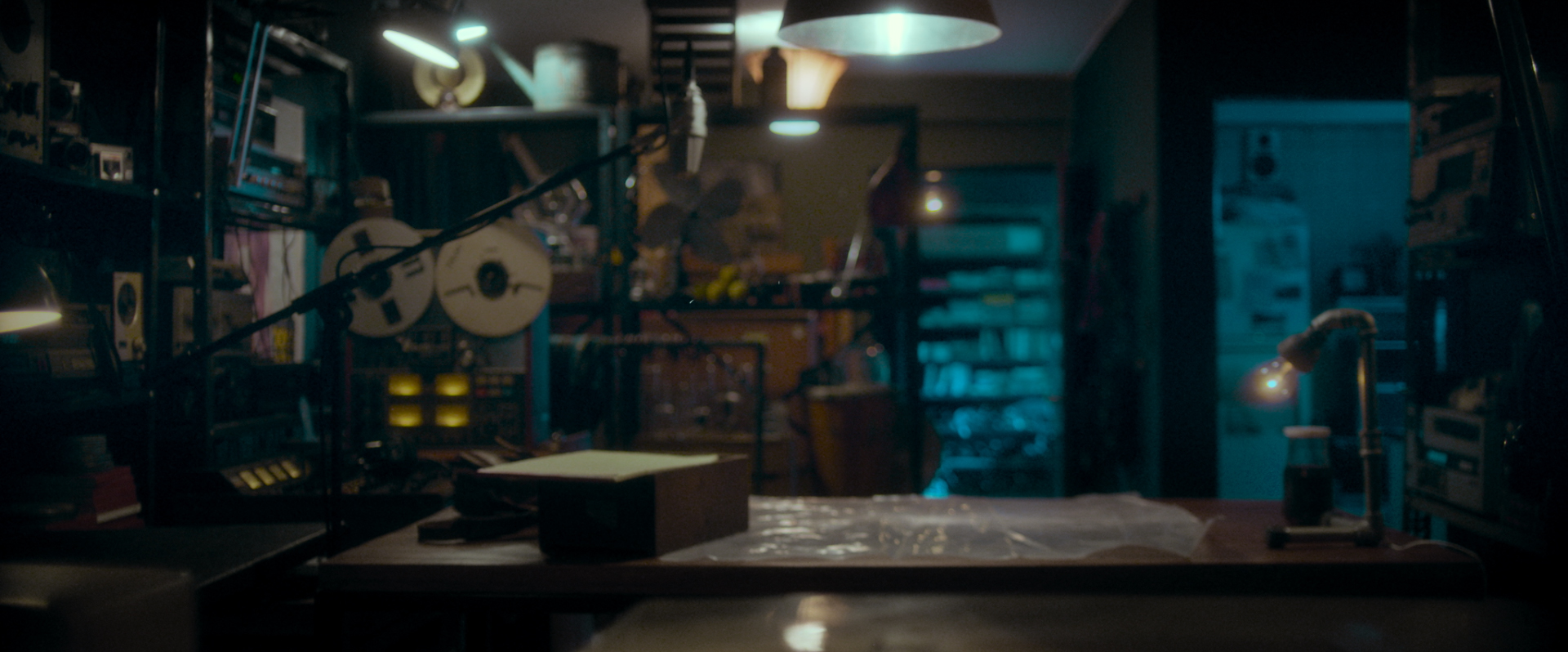
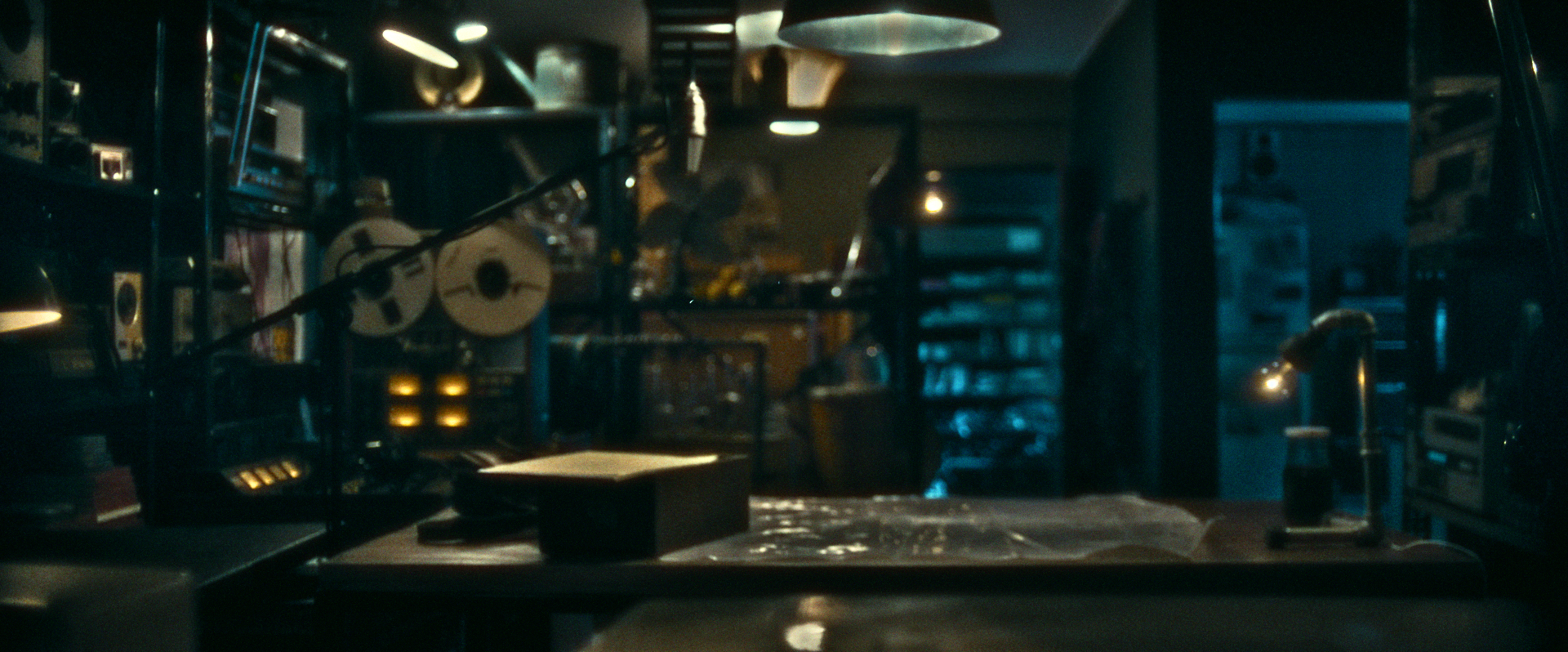
Lab simulates the development of the photographic emulsion through the standard Cine develop cycle. In addition to imparting film sensibilities to digital footage, Lab simulates looks associated with the outcomes of special film processing with full user-control over silver sensitivity, developer concentration, agitation cycle, replenisher flow rate, pull | push processing, bleach bypass, tunable spectral diffusion, Dmin, and Dmax.
There are over 20 Camera / 6 Print fully editable HDR-SDR interoperable cine stock profiles. Six-vector primary and secondary controls for Saturation, Hue, Chroma, and Vibrance define color, with twelve user-assignable vectors for further control over the four Color operators. Each vector has dual target zones, with range and density controls for the intended effect. Further adjustments can be made to Exposure, SoftClips, Temperature, Cast, Tint, Toe, Knee, Shoulder, Filmic Slope, and Filmic Contrast. Lab supports over 30 Managed and unmanaged workspace and camera gamuts, including ACES and Linear.
Lab runs at full 32-bit floating point precision per color channel.
View examples of Reverator’s Lab, click here
Cinematic Film Grains
- Non-Procedural, Synthetically Derived Grains sampled from Image Content
- Accurate Rendition of Full S-Curve, including Blacks and Whites
- Random or Uniform Dispersion Patterns for Color | Monochrome | Luminance Derived Grains
- Log | Gamma | Linear Gamut Grains
- R, G, B Variable Optical Jitter
- R, G, B Grain Shape and Density Variability
- R, G, B Acutance
- R, G, B Grain Size
- R, G, B Grain Strength
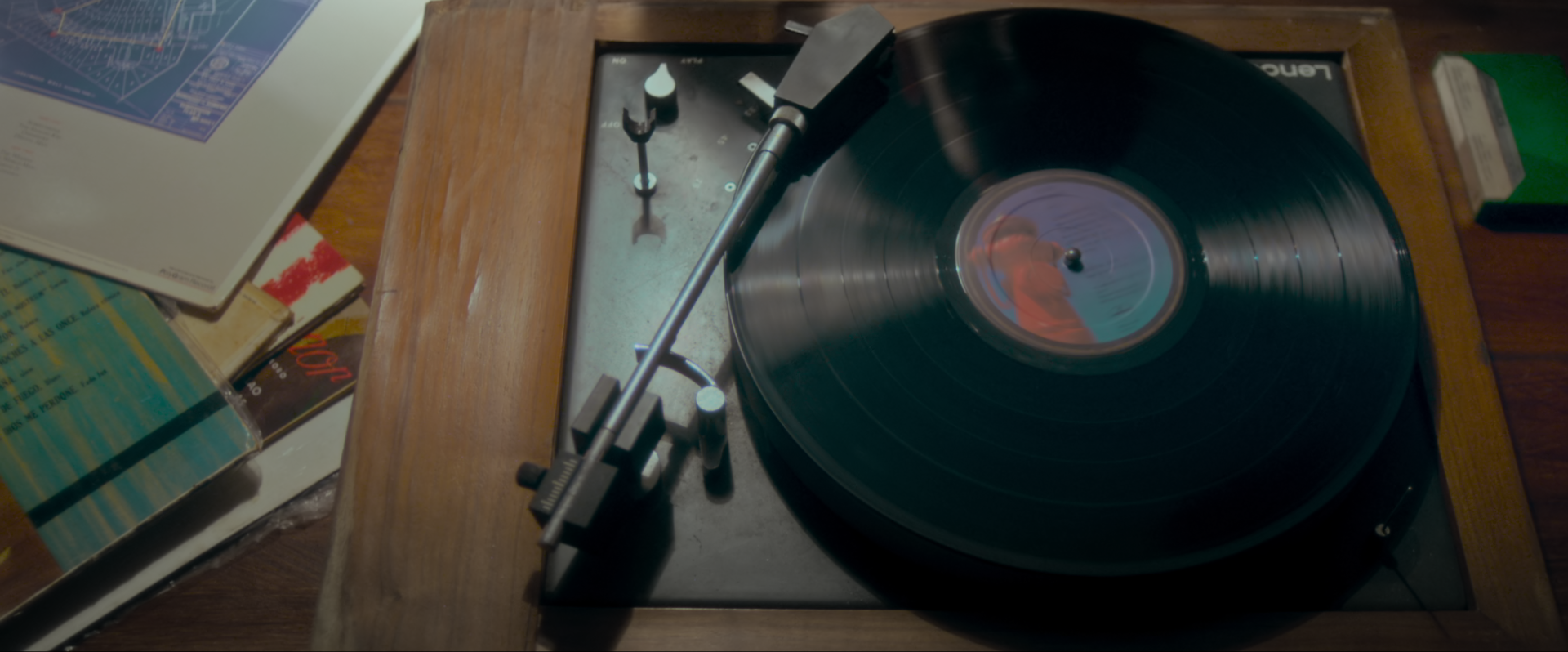
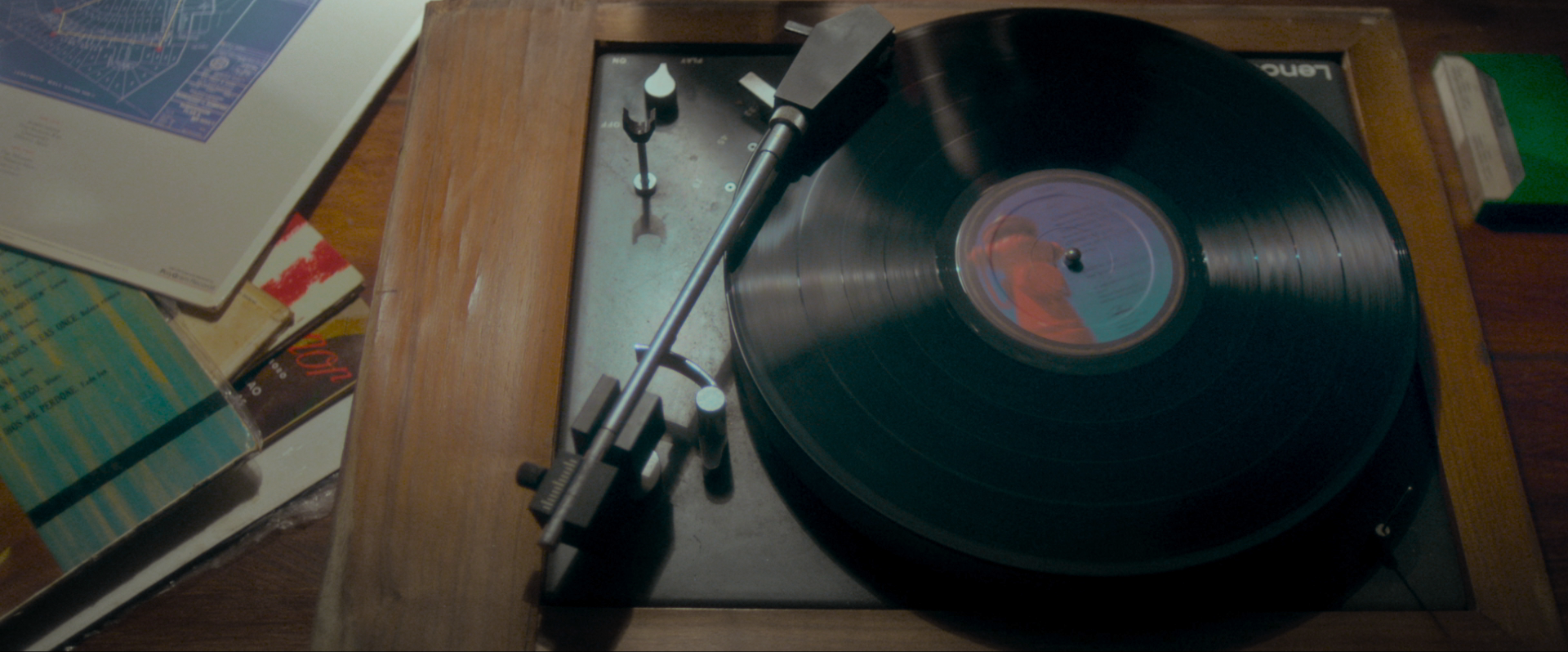
Add cinematic-quality grain to your grades. Unlike blended overlays of Film scans and simulated grain textures that float on top of footage, Reverator – just like real Film – flips the script whereby footage is ingrained. As your Film grains define the image sensor, your S-curve tonalities are transformed into natural grain expressions of silver halide’s undulating sensitivity to light, yielding film-like Dmin and Dmax with options for pure blacks and whites without grains.
For precise Film stock emulations, grains can be independently modeled for each color plane. Leverage the vast expanse of authentic looking grain Size, Granularity, Softness, Shape, Density, Strength, and Dispersion for unrivaled matching of existing shots. Variable optical jitter – gate weave – can be used to impart organic film grit to digital footage that’s just too clinical looking. Realistic Film grain textures can also supplement denoising outcomes of higher ISOs, mask color banding, or suppress compression blockiness.
By adding subtle Film grain, your footage is perceived as having more depth and containing more detail than in grain’s absence. And with Agfa, Fuji, Ilford, and Kodak absent from the set, what’s preventing you from creating your very own new and improved color and black & white Film stocks.
View examples of Reverator’s grain, click here
Halation
- Natural Looking Halos applied to Speculars
- Halo Strength
- Halo Diffusion
- Halo Hue
- Halo Saturation
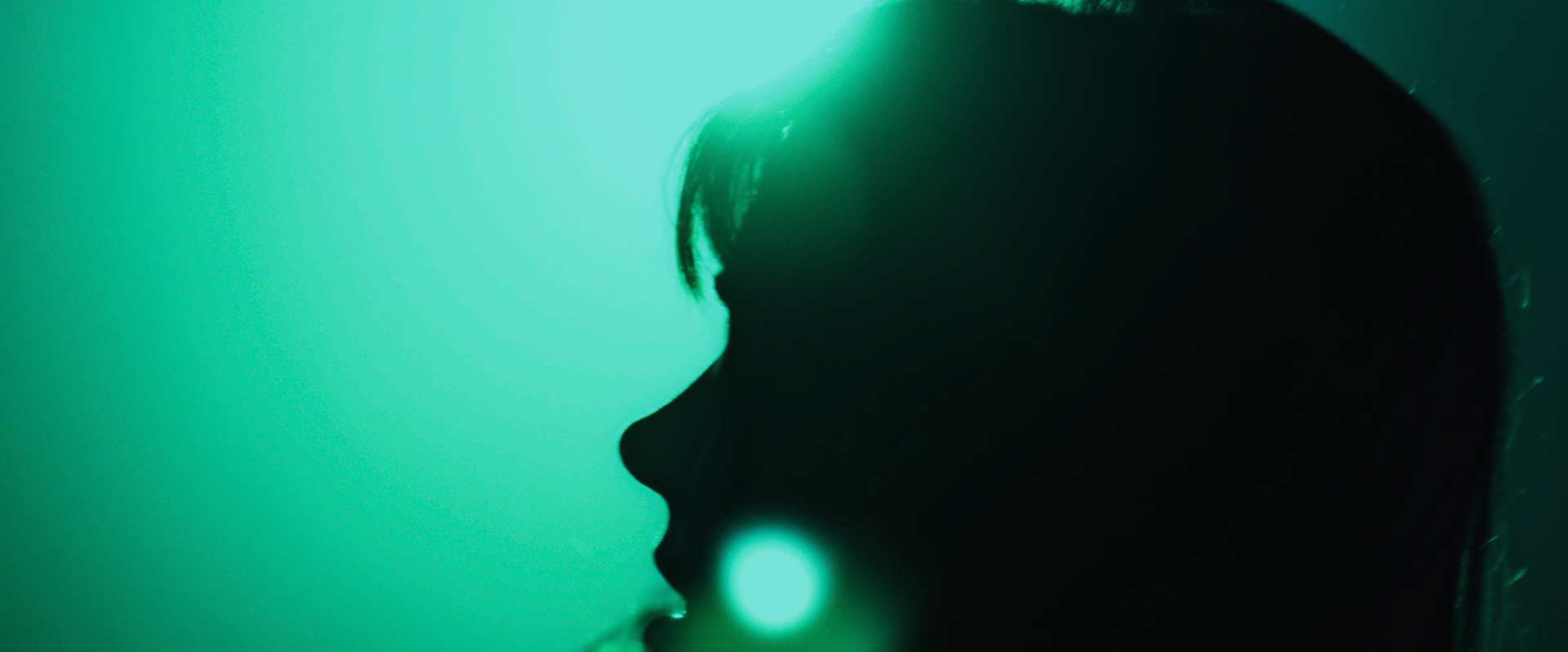
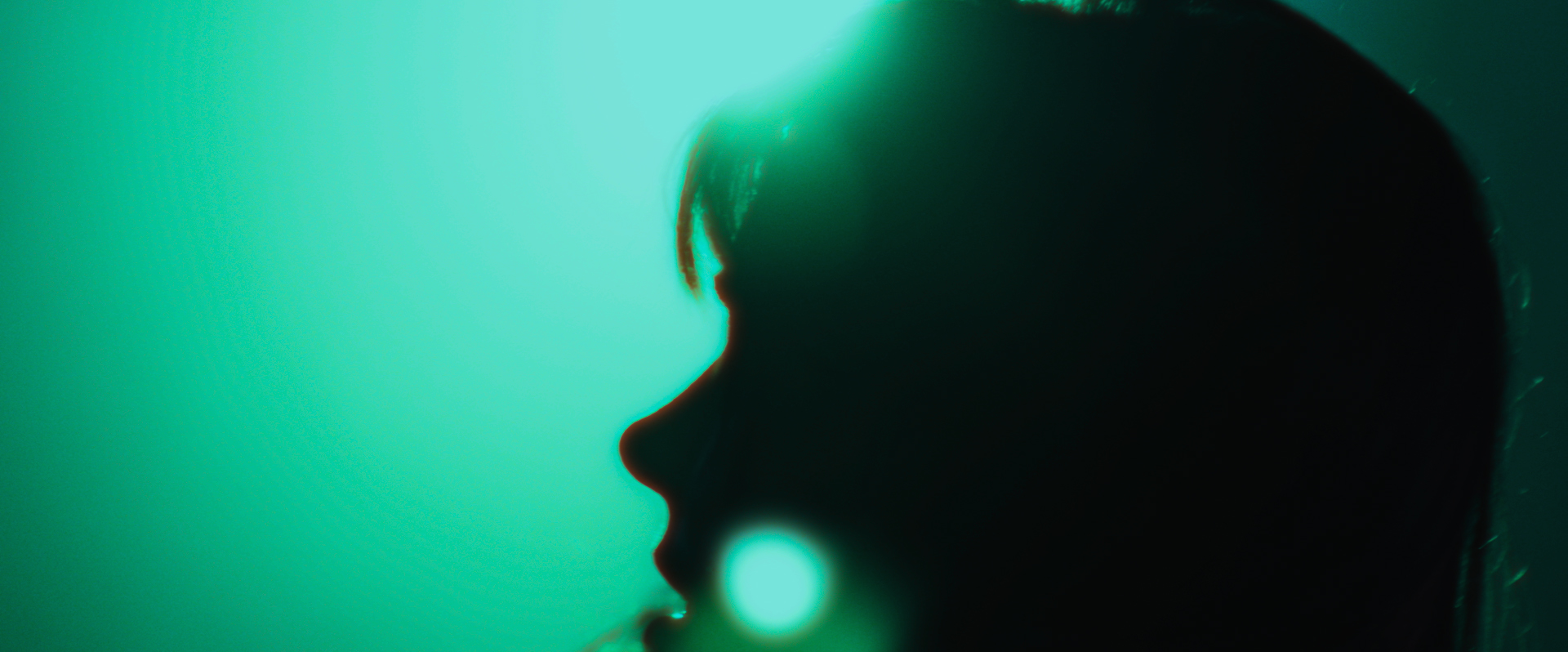
Halation is specular light energy that has penetrated all the film’s emulsion layers, reflects off the film’s base, and scatters and diffuses as it spreads. Typically, it is characterized by a red to orange halo around the darker border of a very high contrast edge. Often recognizable around highlight flaring in night shots of street lamps or car headlamps. At times, incident light may reach the green-sensitized layer where the halos take on an orange tint. Rarely does light reach the blue-sensitized layer. It is most prevalent in older film stocks, as newer stocks have improved light absorbing carbon-black bases.
In each emulsion layer, Reverator provides control for Halo’s strength, hue, and diffusion. Halo saturation tempers the overall effect.
Textures Enhancer, Details Enhancer, Aperture Corrector, Image Resizer
- Log | Gamma | Linear modes
- Texture and Detail Horizontal | Vertical Enhancements
- Aperture Correction
- Over 35 Resizing Presets
- Pan | Tilt | Fit | Crop Framing
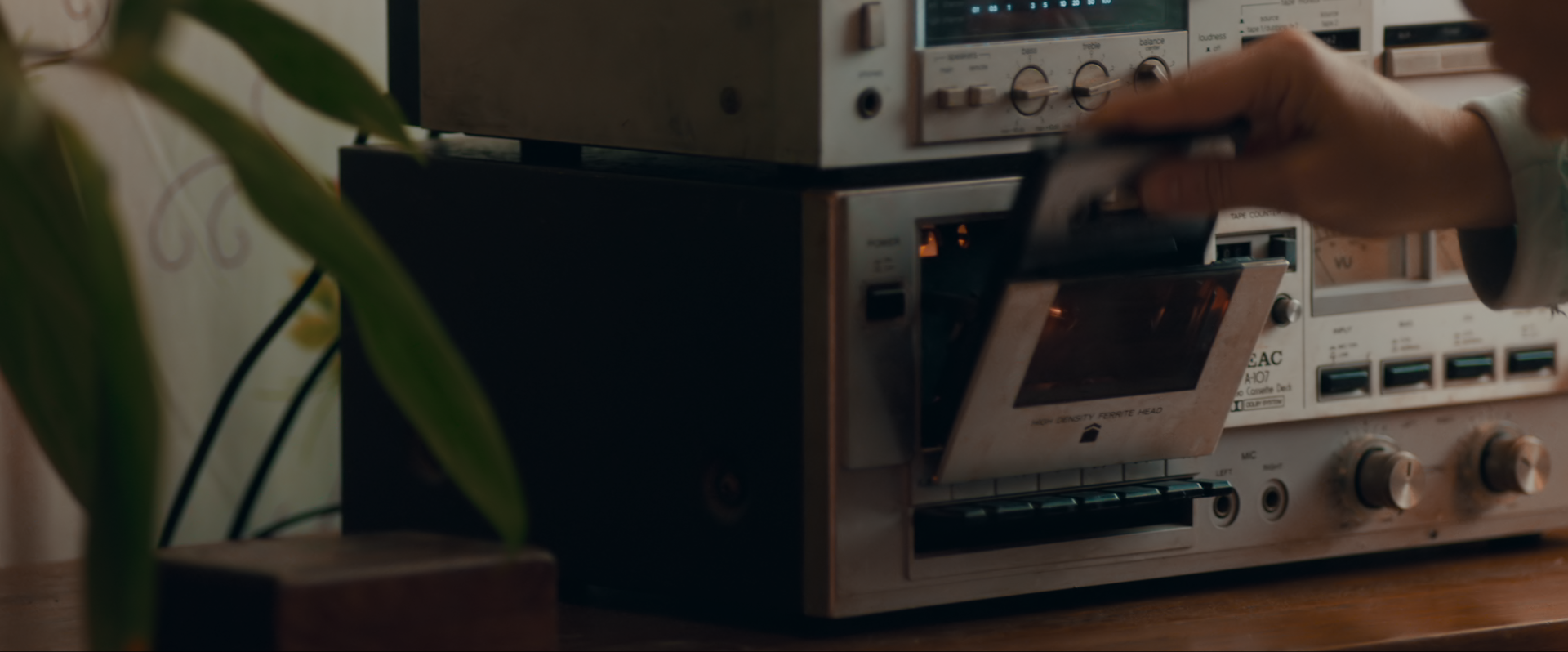
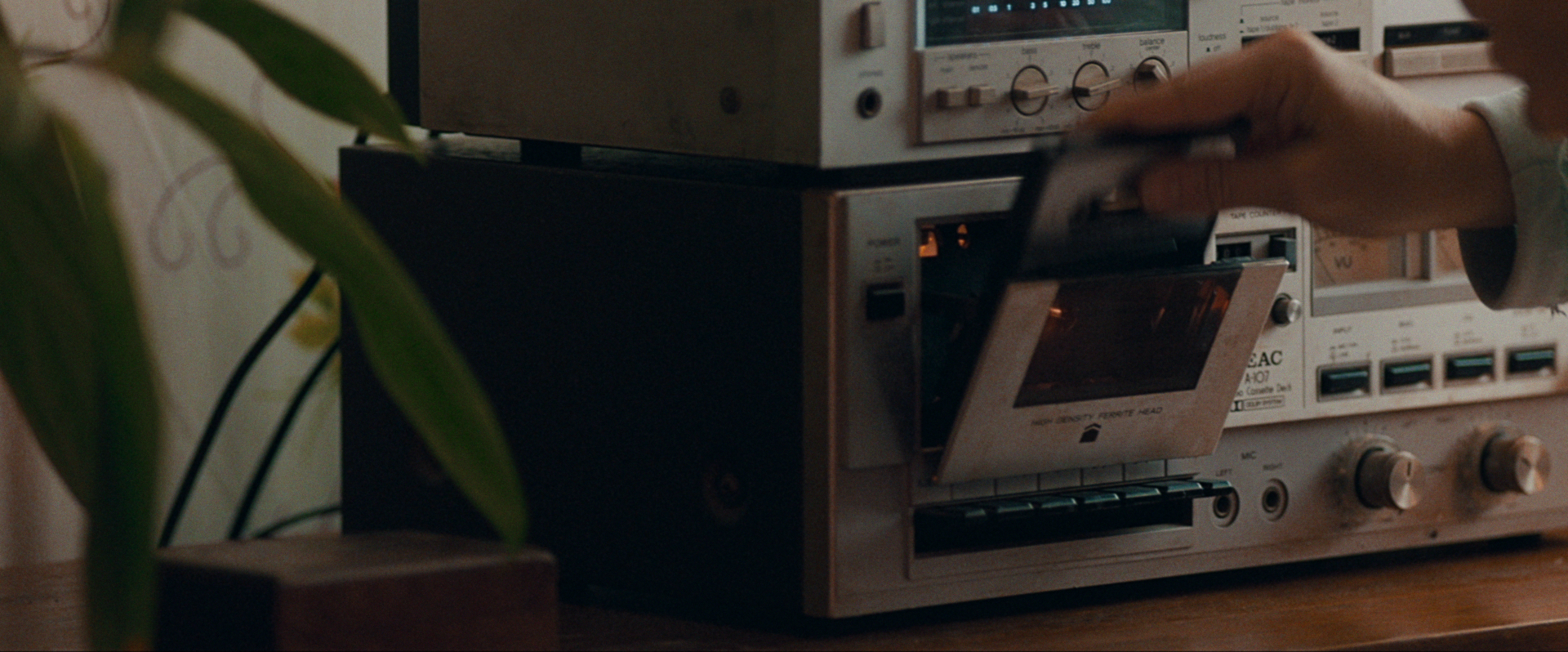
Reverator produces natural looking outcomes through a single global Textures and Details slider, doing away with awkward controls found in other spatial filters. Presets automate sizing to and from common Video, HD, UHD, Film, and D-Cinema formats. Alternatively, take manual control over Textures and Details at any resolution with Pan, Tilt, Fit, or Crop framing. The image Resizer also enables horizontal or vertical only enhancements. When not resizing, Aperture correction restores the finest details lost in Film scans with – or without – accentuating subtle textures.
View examples of Reverator’s Textures, Details, and Resizer, click here
Texture Pitch
- Six Texture Zones
- From 1 to 32 Pixel Radius
- Emphasis | De-Emphasis of Local Contrast
- Reduce Bloom
- Shape Clarity
- Denoise
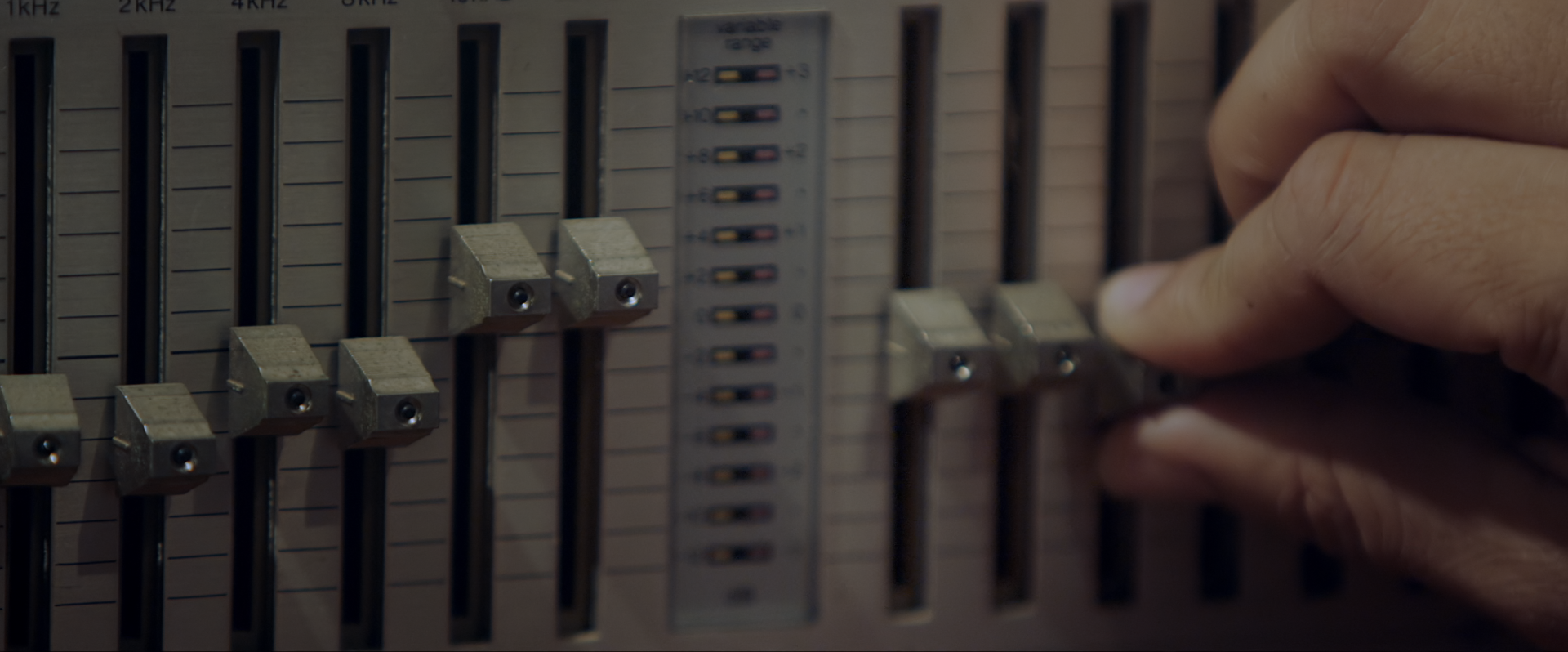

Texture Pitch enables one to selectively reduce or increase the appearance of “Textures”. For natural looking outcomes, six texture bands provides local and regional contrast emphasis or de-emphasis by detail level. For example, local features – such as fine-sized pores – residing in one band can be accentuated or diminished without affecting medium-sized skin textures residing in another band. Texture bands can be used for a variety of effects, including denoise, bloom, clarity, and local contrast enhancement. For added depth and realism on outputs, Reverator can add the finest grain minimally visible at any frame size.
HDR Compensation
- SoftClips for Highlights | Shadows
- Clamp or Pass out of gamut pixels
- Range Compression and Expansion when Normalizing Linear Clips
- Identical Film Look Profiles for Multiple Display Formats
- Variable Highlight Roff-Off for HDR Displays
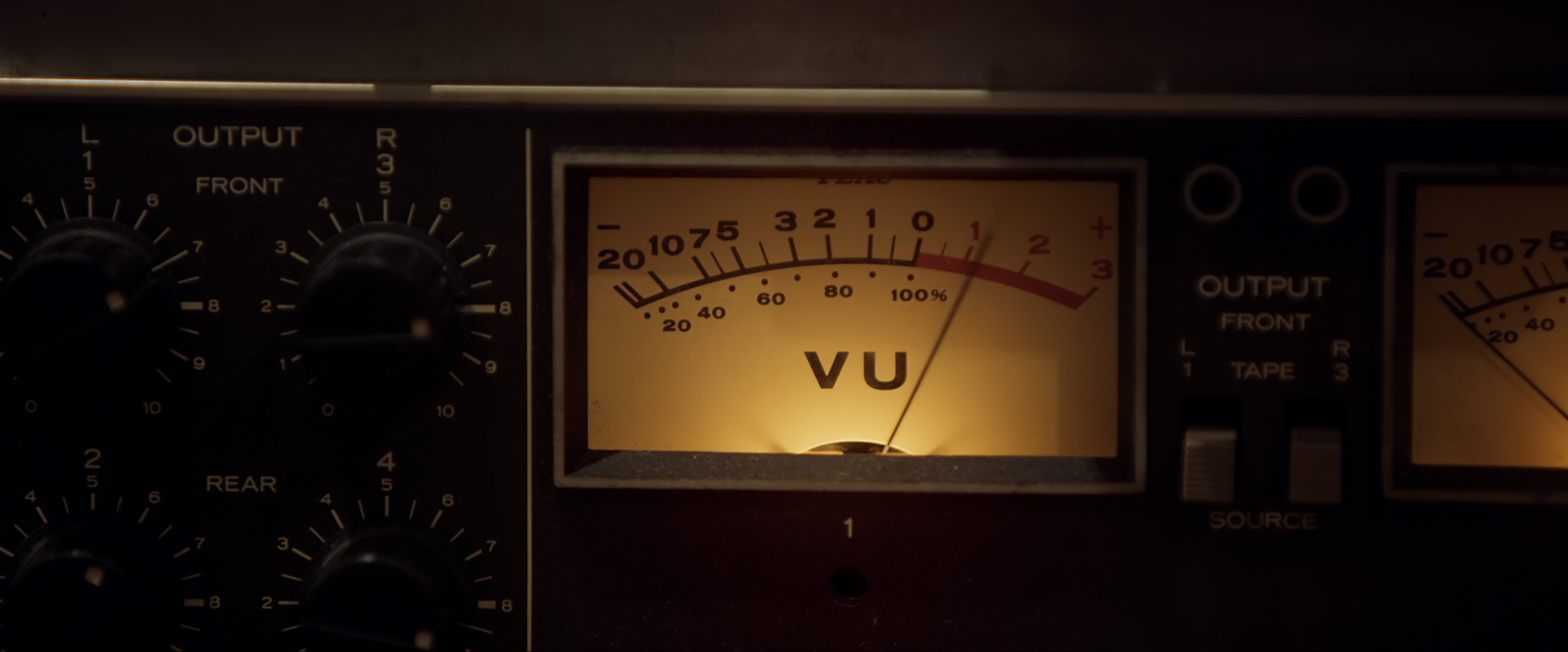
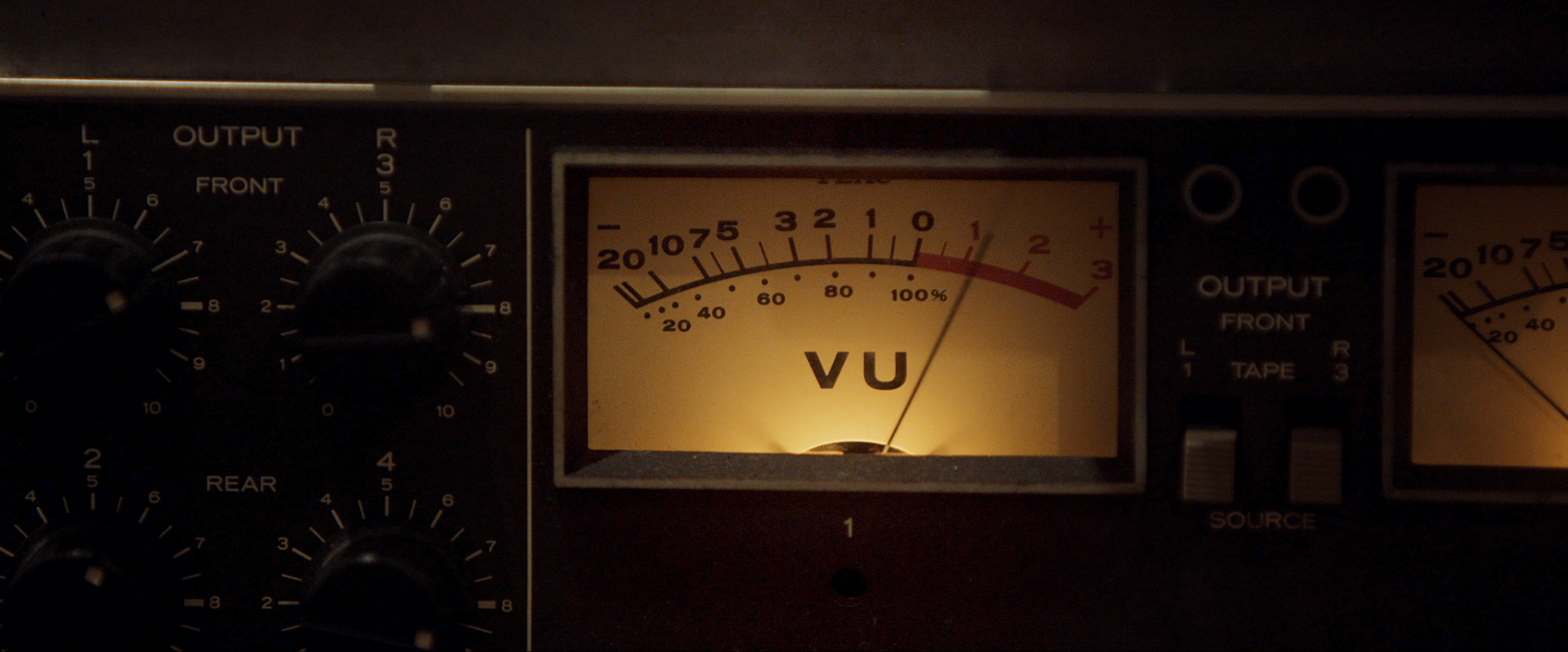
Reverator is perfect for High Dynamic Range (HDR) and the latest Ultra Wide Gamut (UWG) workflows. Reverator’s spatial operators all perform with intelligent gamut-extents suppression. Reverator’s Tone Mapping and SoftClips provide cinematic renditions of Speculars and Highlights. And when used In conjunction with Halation, Film grain, and Texture Pitch, cinematic blooming effects can be applied to overexposed areas. One can also manually set lower and upper limits on color gamut extents.
Save and Recall Plugin Settings
Look Profiles can be saved and recalled from disk, and shared with Soup. The same Look profiles can be deployed by Reverator on various Linux CLI platforms, taking advantage of multi-GPU accelerated PCIe P2P and NVLink-SLI interfaces.
